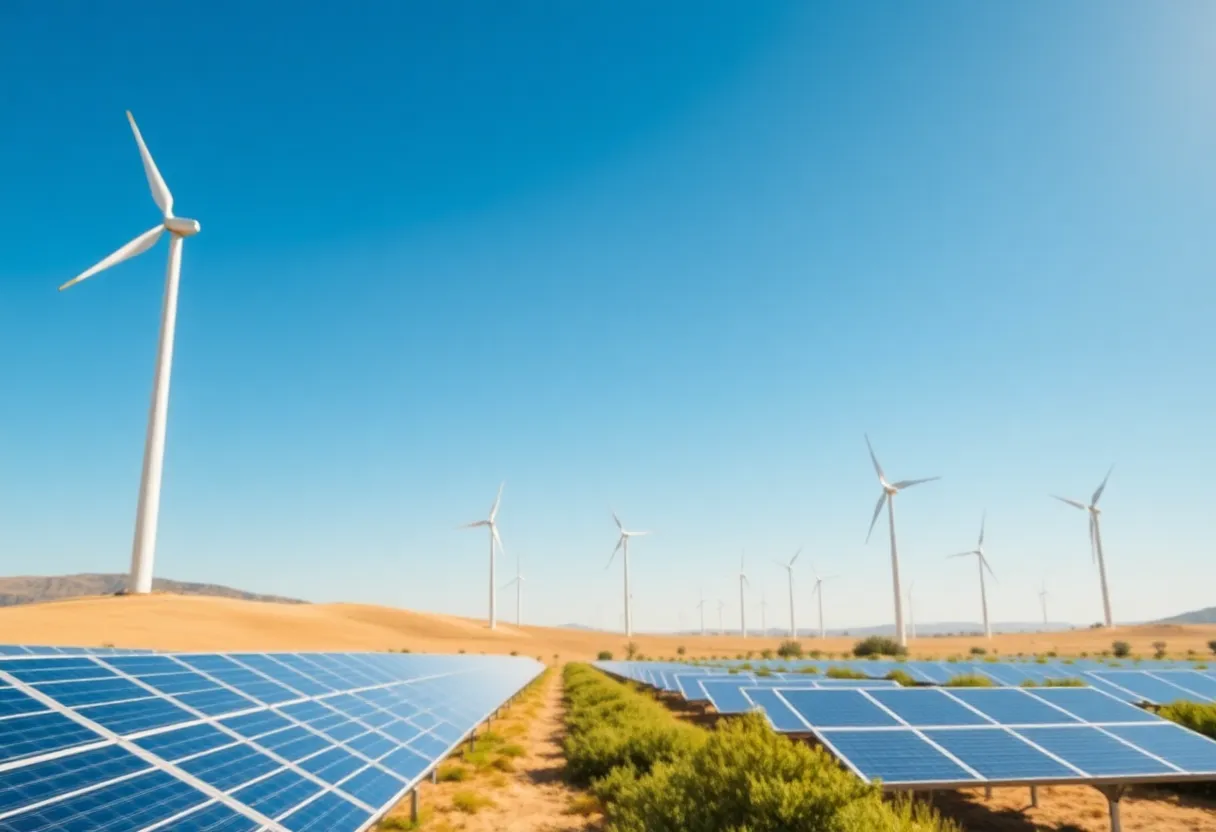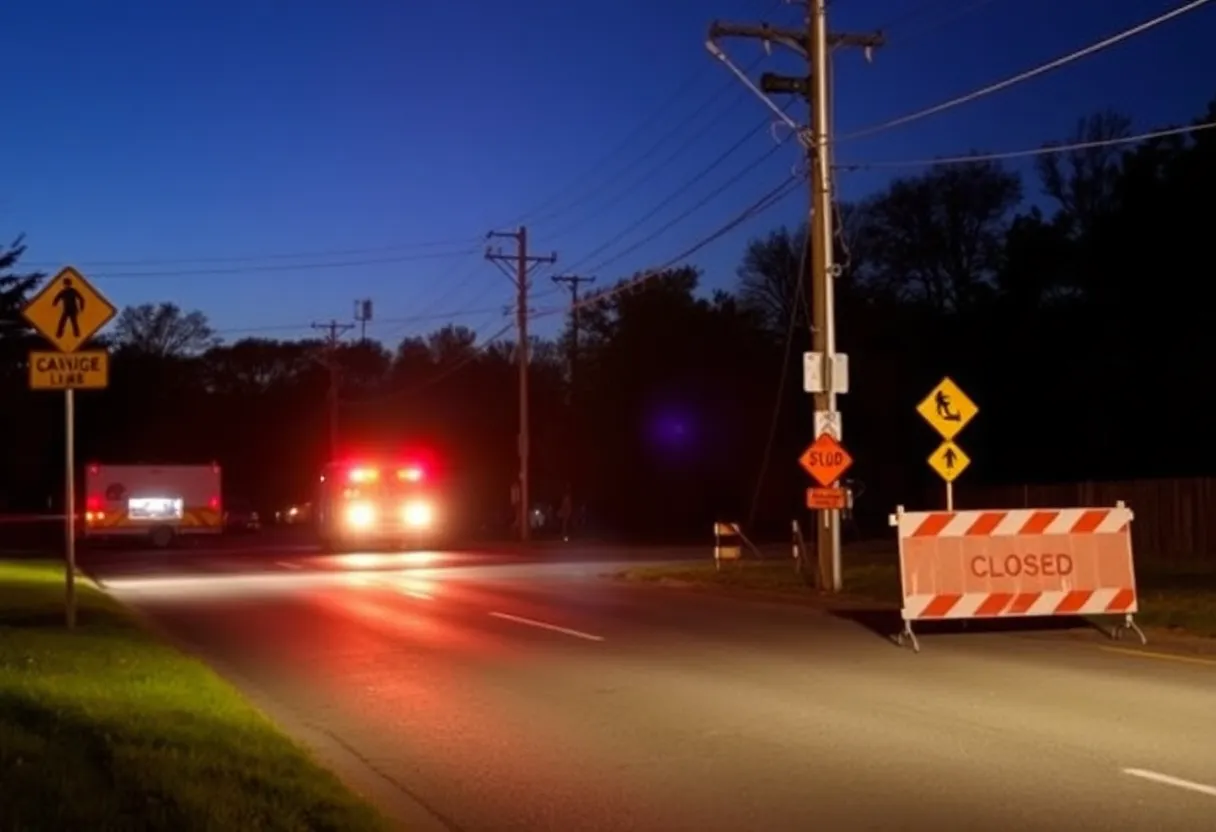News Summary
A recent report from UC Berkeley reveals that California could significantly expand its renewable energy generation by utilizing underused thermal capacity and surplus interconnections. With potential for nearly doubling its energy capacity through solar and wind sources, the state faces challenges such as high electricity rates and a congested interconnection queue. This analysis highlights a strategic approach for balancing renewable and fossil fuel sources in California’s energy future.
California’s energy landscape reveals an opportunity for significant expansion of renewable energy generation, according to a recent report from the University of California, Berkeley. The state currently has approximately 16 gigawatts (GW) of thermal capacity, primarily from gas-powered facilities, which operate at less than 15% of their capacity. This underutilization suggests that the state could tap into its surplus interconnection resources to potentially add 53 GW of clean energy capacity through solar and wind sources, alongside 23 GW of energy storage.
If realized, this increase would nearly double California’s installed generation capacity, which stands at 89 GW as of 2024. The report highlights a disconnect in the current energy infrastructure, indicating that many existing renewable and fossil fuel generators are not fully utilizing their interconnections. Additionally, the research includes an interactive map that illustrates areas of surplus interconnection across the state, providing a visual representation of where capacity expansion could occur.
The underperformance of gas-powered peaker plants stands out in the findings, with around 16 GW of capacity operating 15% of the time or less. Experts suggest that the addition of renewable energy sources, such as solar and wind, in proximity to these idle gas plants could rapidly elevate California’s energy output. However, the California Independent System Operator (CAISO) has reported that while there are 230 GW of resources in its interconnection queue, only about 60 GW has been granted deliverability. This indicates a bottleneck in the process, and CAISO acknowledges a surplus interconnection pathway yet notes a lack of interest among developers to pursue this route.
The rising electricity rates in California, which average the highest in the continental U.S. at 30.22 cents per kilowatt-hour, reflect ongoing challenges in the state’s energy market. As California pushes towards aggressive green energy policies, critics argue these initiatives have contributed to increasing energy costs that disproportionately affect lower-income residents. As future demand for electricity is projected to surge, particularly due to advancements in sectors like artificial intelligence and the proliferation of data centers, the strain on existing energy resources is expected to escalate.
Amidst these developments, there is an ongoing debate regarding the optimal balance between renewable and fossil fuel energy sources in California’s future energy strategy. While some experts characterize the report’s proposals as innovative, the complexity of directly comparing costs between gas plants and renewables presents challenges. The findings do suggest, however, that there are substantial opportunities for enhancing wind, solar, and storage capabilities at existing sites.
In summary, California’s underutilized thermal capacity presents a pathway for expanding renewable energy generation, with the potential for almost doubling the state’s energy capacity. The state’s ongoing energy challenges, including high electricity rates and a congested interconnection queue, underscore the need for a strategic approach to balancing renewable and fossil fuel sources moving forward.
Deeper Dive: News & Info About This Topic
- Utility Dive
- Los Angeles Times
- PV Magazine
- Governing
- Fierce Healthcare
- Wikipedia: Renewable Energy in California
- Google Search: California renewable energy
- Google Scholar: California energy policies
- Encyclopedia Britannica: California energy
- Google News: California energy news








